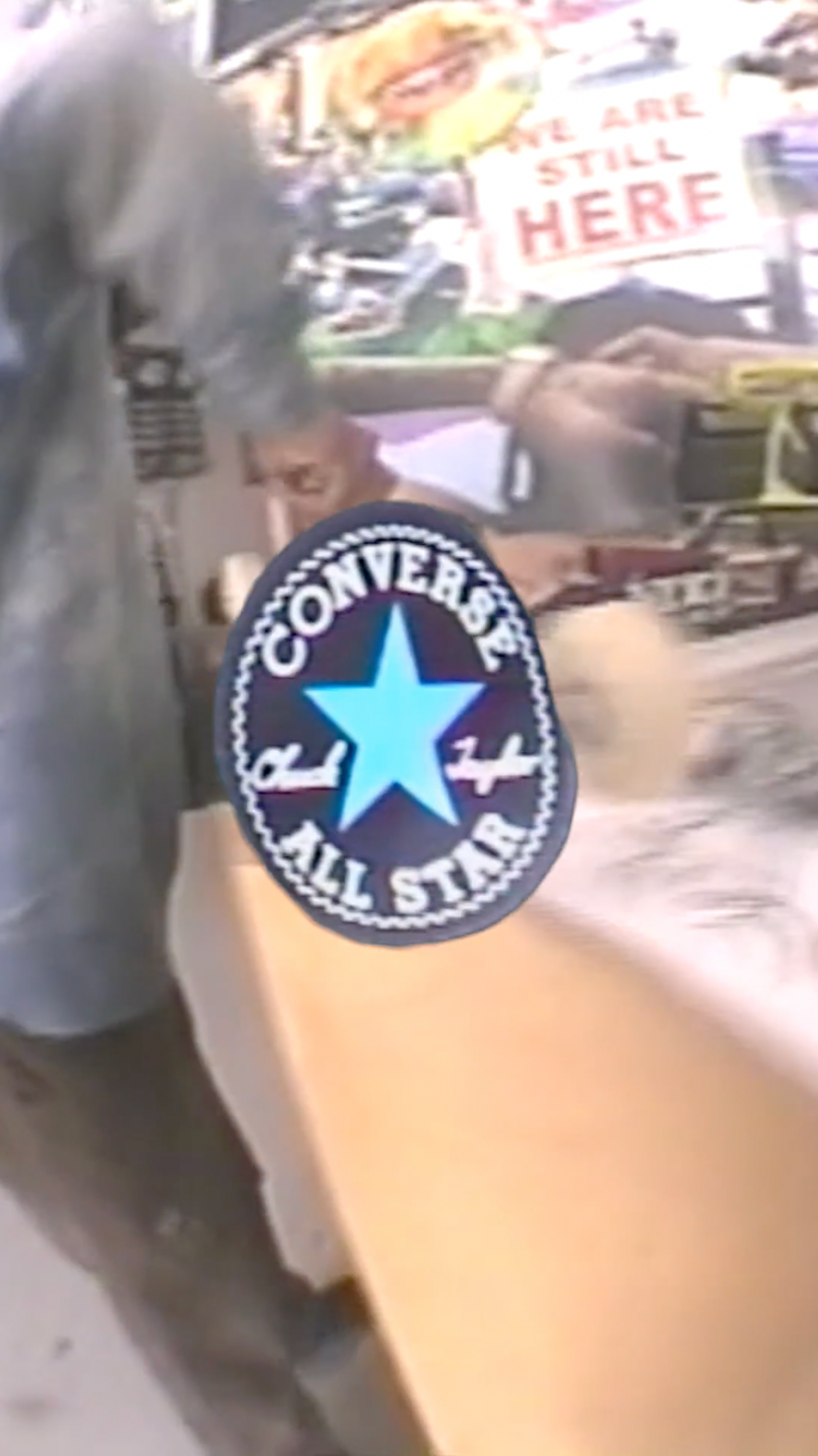Branding expresses the head, heart and soul of a business, but getting it right takes time. Cody Levine, AUFI client and co-founder and Chief Brand Officer of oral wellness company Twice, discusses the secrets of creating a sector-shaking rebrand
Rebranding requires a huge amount of time, money and effort, but it has the potential to fundamentally transform a company and even, in some cases, the sector it operates in.
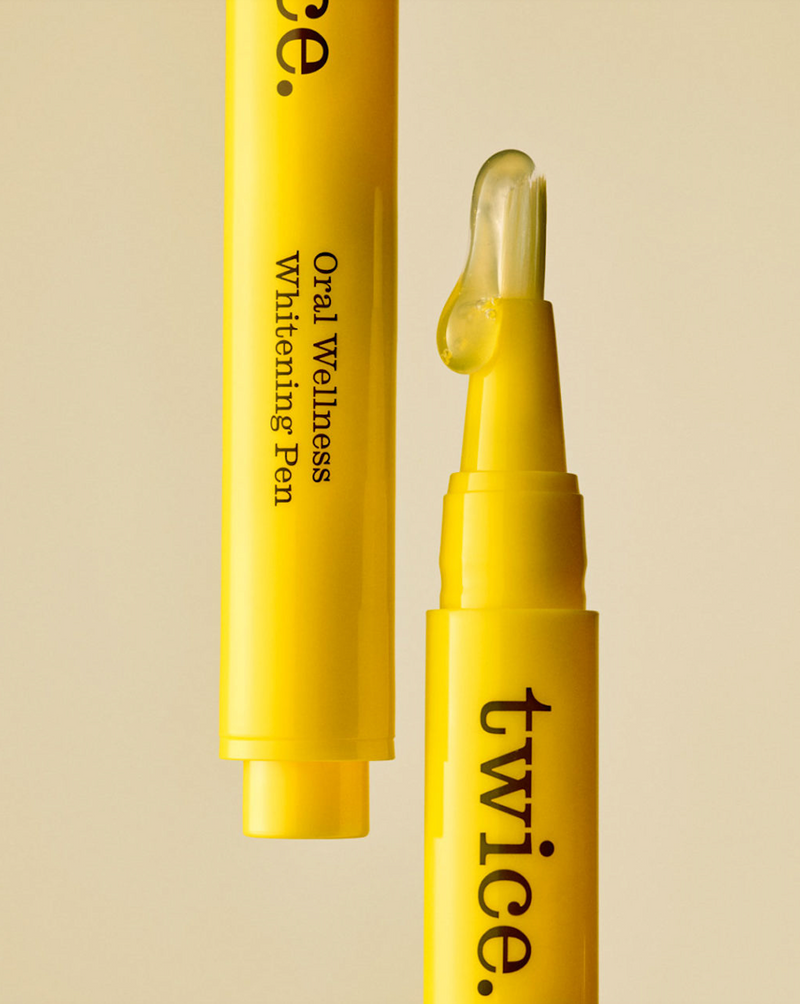


Oral wellness brand Twice is a perfect example of this. Founded in 2018, the business – which offers a line of oral care products including toothpaste and mouth rinse formulated to support the mouth’s microbiome – is competing with some of the most well-established brands in the world. The toothpaste aisle has spent decades dominated by the blue, white and red branding of the likes of Colgate, Crest and Sensodyne, so in 2022, as Twice moved into retail, they knew they needed a radical rebrand.
“The one colour that is taboo in the industry, and counterintuitive to oral care, is yellow,” explains co-founder and Chief Brand Officer Cody Levine.“ The C-Suite round table at big toothpaste corporate headquarters would say that no-one wants yellow. But as a brand that’s younger and fresher, we see this whole thing differently. We see yellow as a sign of brightness, connection, love, energy, self expression and outward expression, so our goal was to flip the script.
“Branding is so fundamental, and I’ve always seen the world of creativity as one of the most powerful connection points between your customer and your product.”
“Branding plays a role in fully expressing the vision, the identity, the heart, the head and the soul of what a company is and why it exists,” he continues. “Branding is so fundamental, and I’ve always seen the world of creativity as one of the most powerful connection points between your customer and your product.”
We sat down with Levine to discuss his experience rebranding Twice – which this year won first place in the Body Care category of the Dieline Awards – and his words of wisdom for fellow founders and marketers embarking on the journey. Read on for his 9-step guide to investing in branding, which covers all the stages leading up to and beyond briefing your creative agency.
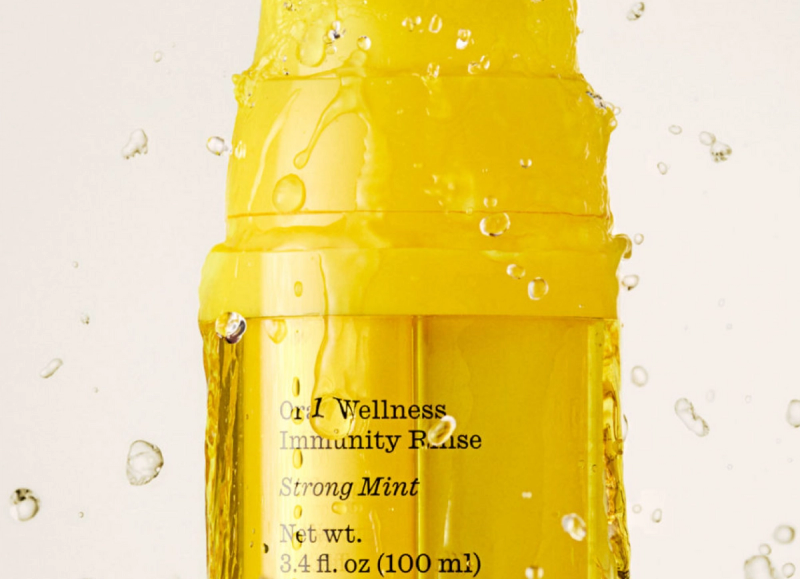
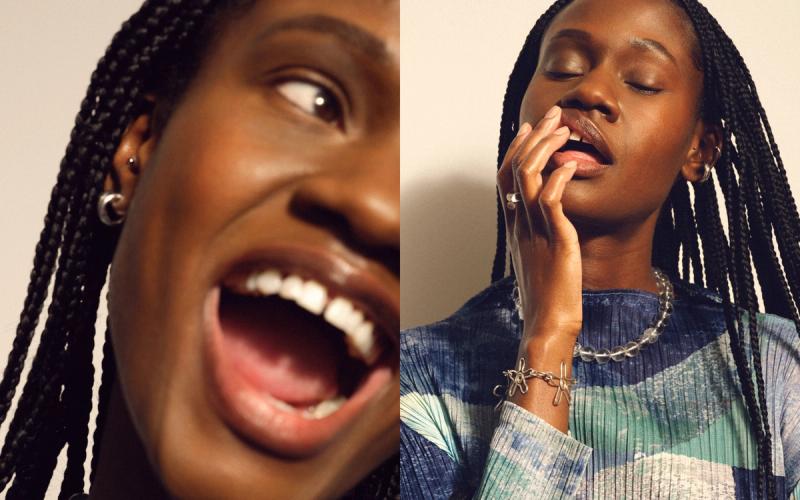
1. FORGET WHAT YOU KNOW ABOUT TIMING
There isn’t necessarily a ‘right’ time to rebrand, but understanding the investment of time and money required can help guide that decision.
“You can rebrand when you’re doing $10m a year, or when you’re doing half a million, and it’s really the decision of the founders, and what the roadmap and plan is. There’s no right answer necessarily. A rebrand is a risk, but at Twice we always saw it as an evolution towards our true self and I think that’s really important. For me it doesn’t really matter when you do it, it’s more about whether you’re in a position to do it – do you have the capital? Do you have the space and time? It’s a long process and it requires all of you. To do it the right way requires capital, and working with world-class creative teams.”
“It’s a long process and it requires all of you. To do it the right way requires capital, and working with world-class creative teams.”
2. KNOW YOURSELF AND YOUR CUSTOMER
Understanding your unique point of view, your product and the people that buy it, is an essential pre-rebrand checklist.
“You have to get some early learnings and connect with your customer to understand what’s important to them. What are you seeing about your product, and what are they saying about it? And where do you see yourself in the industry today and in the future? You have to ask yourself, is our brand, our products and how we communicate in line with how we see the world? That can come quickly, sometimes before you launch, but a lot of times it comes after you launch and get some real world experience, learnings, sales and customers, and understand their pain points. It took us three and a half years to figure that stuff out, but some brands come flying out the gates.”
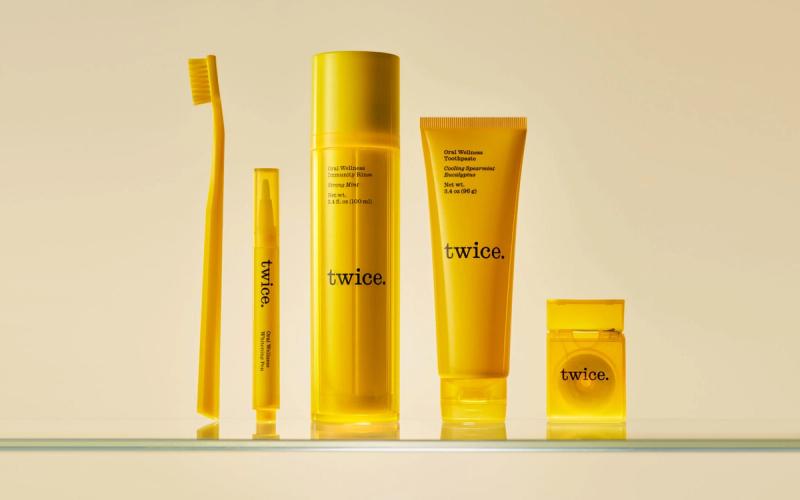
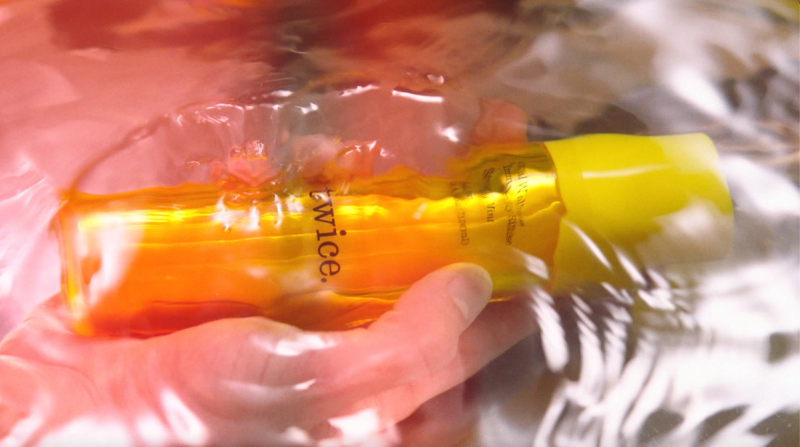
3. RED FLAGS ARE SIGNALS
Identifying where things might be going wrong takes time, but slowly working through those insights can offer critical information for your creative agency.
“Light bulbs go off that are insights and learnings about your customer, and how you’re helping to solve people’s problems. Creating a brand is a long process, and building a brand is continuous learning and survival. You have to keep just putting one foot in front of another and moving forward until you have enough learnings that everything becomes clear, and you know exactly the steps and moves to get towards your goals. You have to take red flags as signals and piece them together over time. You can’t just wake up one morning and say, ‘I want to rebrand’.”
“Creating a brand is a long process, and building a brand is continuous learning and survival.”
4. GET YOUR STRATEGY STRAIGHT
Brands need to know themselves inside-out before they shake up their strategy or visual identity.
“If you walk into it saying, ‘I’m not really sure who we are’, that upfront work is going to take a lot longer. We came into it and just talked, talked and talked with our agency, telling them what we believed, where we wanted to go, and they just listened. And they spit it back out to us and brought ideas and conversation to life in a way we actually hadn’t thought of. The positioning work wasn’t that challenging, because it was a giant listening party and conversation, but I imagine some brands struggle because they don’t know their why. They don’t know why they exist and they don’t know their role in the industry and the world, or what they want to accomplish. That’s where the branding and identity process can be challenging. If you have a clear vision going in, you just need a creative partner to feel and see that, and bring it to life. It makes the process a lot easier.”
5. CREATE CLARITY WITH YOUR BRIEF
Bad briefs make for bad creative work – be clear about what you want, and share the relevant context around that.
A big part of the process is the brief. Garbage in is garbage out. You have to make sure that, as you’re briefing a team, you’re providing them with the full picture. Context is everything, and what I always hold onto from my creative agency days is the four Cs: category context, company context, cultural context and consumer context. Where those four cs intersect is where you find the fundamental truth, and uncover the insights that drive the work. For founders it’s all about providing the agency with the right brief and the right feedback.”
“A big part of the process is the brief. Garbage in is garbage out. You have to make sure that, as you’re briefing a team, you’re providing them with the full picture.”
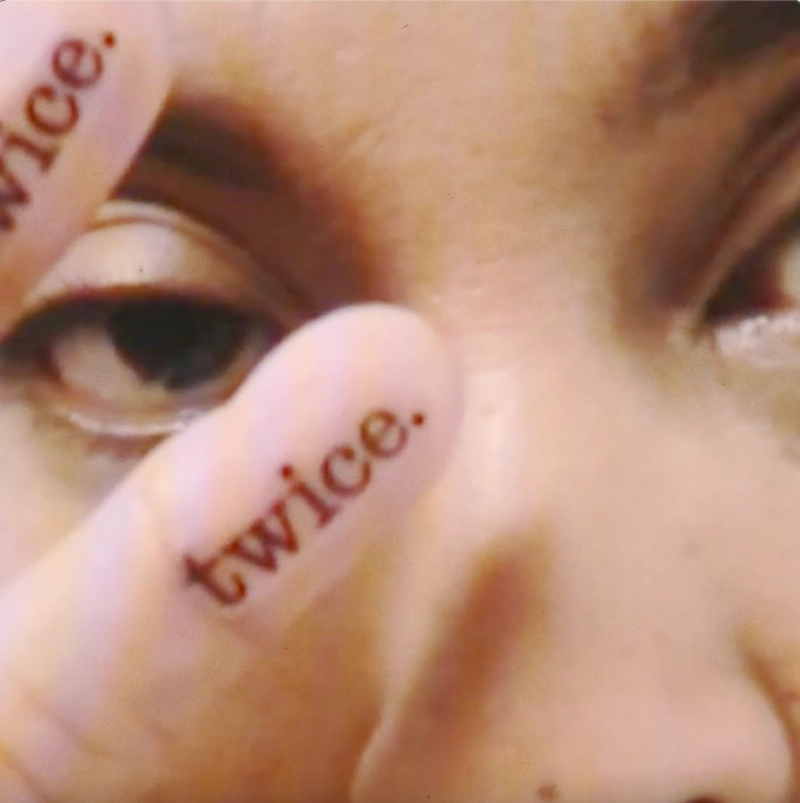


6. SET YOUR OBJECTIVES
Having a main goal, or set of goals, can keep the creative process on track, and help your agency understand the reasons behind the rebrand.
“There needs to be a business roadmap that’s driving some of your decisions. So for us, we were launching in Target – and we didn’t even have the final packaging, we sold them on a vision for the future. So when we went to the creative agency it was like, we’re launching in Target, we’re speaking to their customer and we’re introducing more products. We went in with a very clear brief of launching in one of America’s most-loved retailers, with a new system of products and wanting to sharpen our positioning, elevate the branding and introduce a new disruptive proposition. That gave the team a clear world, and some clear tools, to operate with.
7. BUILD THE RELATIONSHIP
The rebrand journey can be long, and there’s bound to be difficult moments. Developing a close relationship is key to handling the ups and downs
“The journey’s not always perfect - you have to keep digging and working, and it always takes longer than planned. You need a team that really believes in what you’re doing, and will be there as if they’re full-time on your team. That’s crucial to handle the late nights, the back and forths and the last-minute edits. Your agency is your champion and you need to build great rapport with the lead designer, the agency founder, your strategist, and anyone that plays a unique role like your account manager and production manager. It takes a full village, and getting one on one time with each person is what I value.”
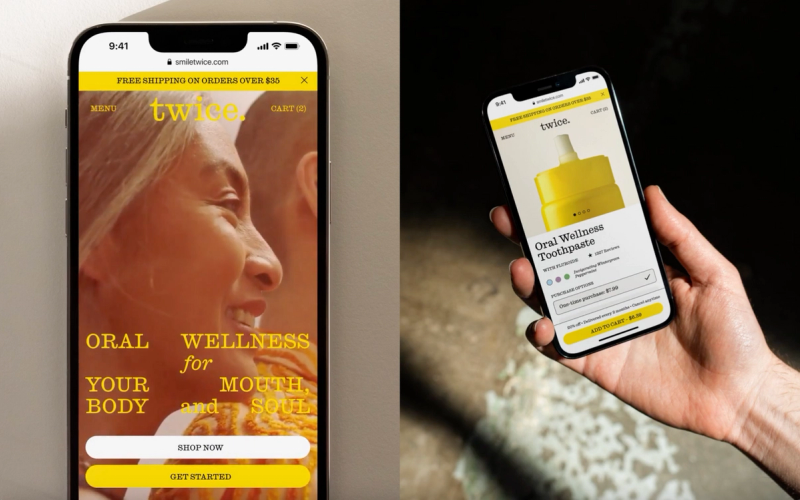
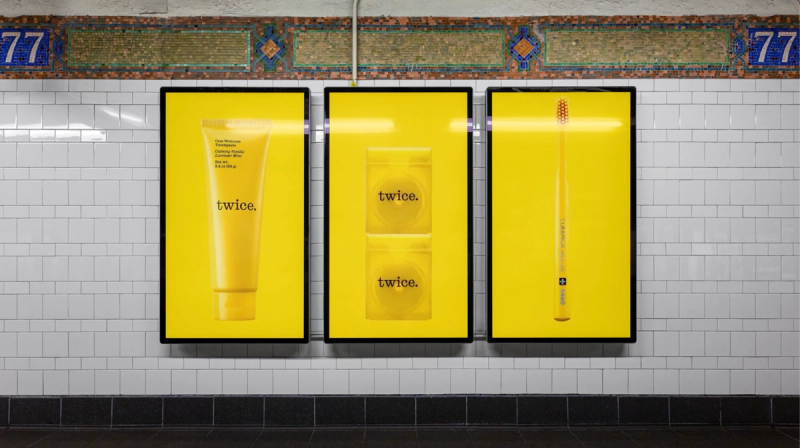
8. SHAPE YOUR FEEDBACK
There’s an art to sharing thoughts and opinions on creative work in a way that catalyses your agency, rather than holding them back.
“My agency job was brand and comms strategist, so I was briefing art directors and copywriters and I know how to talk through the process and share feedback. That’s a big thing founders struggle with, because they hold on so closely to what they want something to be that they struggle to provide feedback that enables creatives to do what they do best. A really important tip is to show creative elements that you gravitate towards, and ideas and fundamental truths that you like.”
“The challenge is how you take the essence of the brand your creative agency has built and get more scrappy, lean in on that, and play with those foundational elements.”
9. GET READY FOR WHAT COMES NEXT
After the fanfare of announcing a rebrand comes the hard work of implementing it, which means taking the agency’s work and running with it
“When an agency hands over a brand, you’ve invested a tonne of time, money and resource to create something special. How do you put that into action? That’s on the client. It requires more capital, swift execution and honestly that’s where I think brands struggle. If you don’t have marketing dollars to support the brand and invest in initiatives, it’s hard. The idea of oral wellness opens the door, but if I don’t convince people that the product is good, it’s just a beautiful brand sitting on a shelf. It’s about how you continue to push, create, ideate and unlock insights of why your brand deserves to exist, and why your customers love you. You need to lean into things, and understand how you get super resourceful with your marketing - especially if you’re a startup with smaller budgets. The challenge is how you take the essence of the brand your creative agency has built and get more scrappy, lean in on that, and play with those foundational elements.”

